Maximize harvest with hydroponic hacks
Hydroponic gardening is an innovative way to grow plants without soil, using nutrient-rich water instead. This method promotes faster growth, higher yields, and efficient use of space and resources. Whether you’re a novice or an experienced gardener, understanding and implementing key hydroponic hacks can significantly enhance your plant growth and productivity.

This guide offers practical tips and strategies to help you maximize the potential of your hydroponic system, ensuring healthy, thriving plants.
Dive in to discover how you can optimize your hydroponic garden for maximum growth and enjoy bountiful harvests with hydroponic hacks.
Table of Contents
ToggleWhat is Hydroponics?
Hydroponics is a method of growing plants using water instead of soil. Nutrients are dissolved in the water, allowing plants to absorb them directly through their roots.

This technique can be used indoors or outdoors, making it versatile and adaptable.
The main advantage of hydroponics is the ability to control the growing environment completely, ensuring plants receive the perfect balance of nutrients, water, and light.
Benefits of Hydroponics
Hydroponic gardening offers numerous benefits:
- Faster Growth: Plants grow up to 50% faster in hydroponic systems compared to soil because they have direct access to nutrients and oxygen.
- Higher Yields: More plants can be grown in a smaller space, making hydroponics ideal for urban gardening or areas with limited space.
- Water Efficiency: Hydroponic systems use up to 90% less water than traditional gardening because water is recirculated and reused.
- Fewer Pests and Diseases: A controlled environment reduces the risk of soil-borne pests and diseases, leading to healthier plants.
Setting Up Your Hydroponic System
Choosing the Right System
There are several types of hydroponic systems, each with its advantages. The most common ones include:

- Nutrient Film Technique (NFT): A thin film of nutrient-rich water flows over the roots, providing a constant supply of nutrients and oxygen. This system is ideal for plants with smaller root systems, like lettuce and herbs.
- Deep Water Culture (DWC): Plants’ roots are suspended in nutrient-rich water, with an air pump providing oxygen. This system is great for larger plants, like tomatoes and cucumbers.
- Ebb and Flow: The nutrient solution floods the grow bed periodically, then drains away, allowing roots to breathe between watering cycles. This system is versatile and can support a wide range of plants.
- Wick System: A passive system where a wick draws nutrient solution to the roots. This system is simple and low-cost, ideal for beginners and small plants.
Selecting the Right Medium
While hydroponics doesn’t use soil, it does require a growing medium to support the plants. Common mediums include:
- Coco Coir: Made from coconut husks, it retains moisture well and provides good aeration. It’s also biodegradable and sustainable.
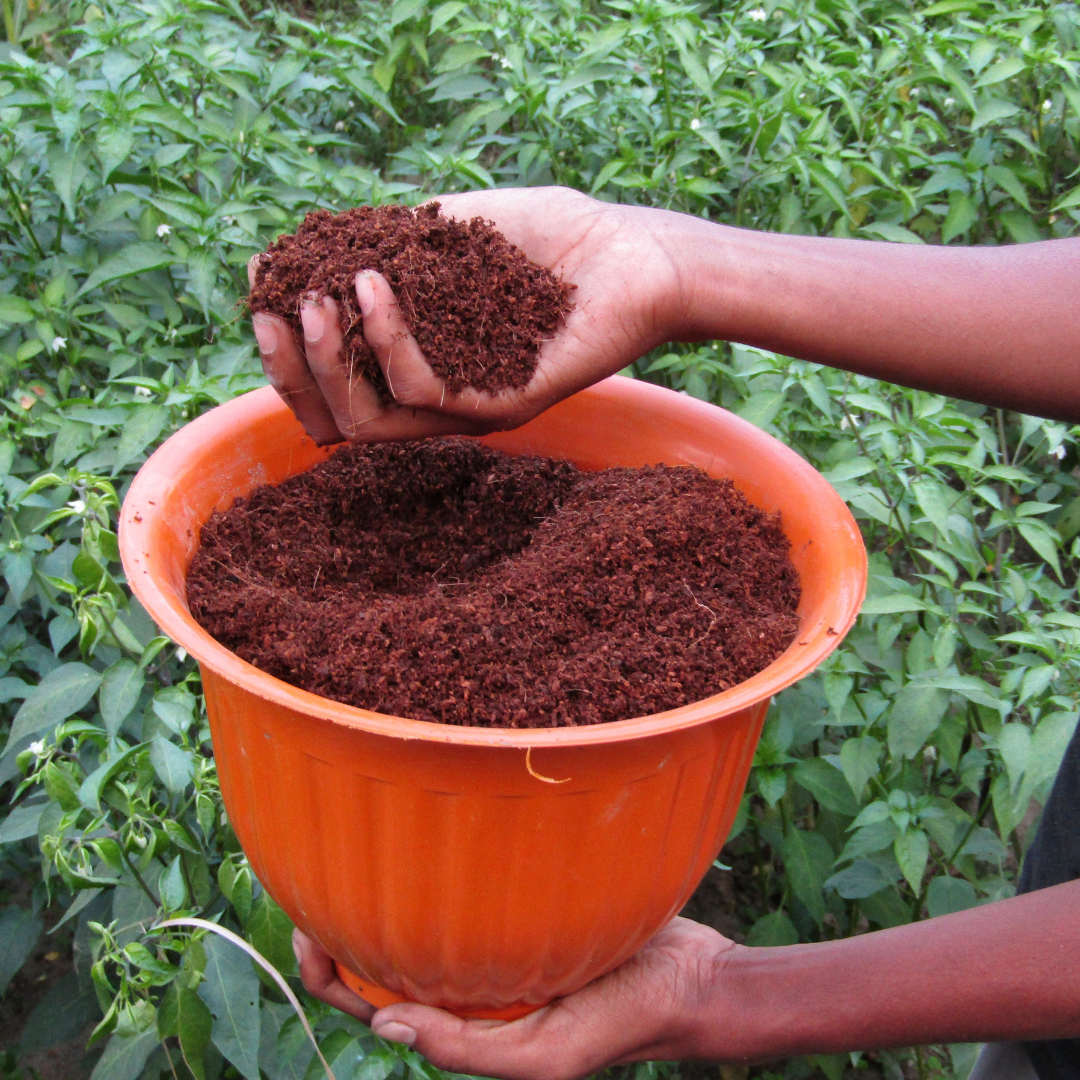
- Rockwool: Provides excellent support and aeration, and is widely used in commercial hydroponics. However, it requires careful handling due to its fibrous nature.
- Clay Pellets: Lightweight and reusable, ideal for larger plants. They provide good drainage and aeration but can be a bit costly.
Lighting Essentials
Proper lighting is crucial for plant growth. LED grow lights are energy-efficient and provide the full spectrum of light needed for photosynthesis.
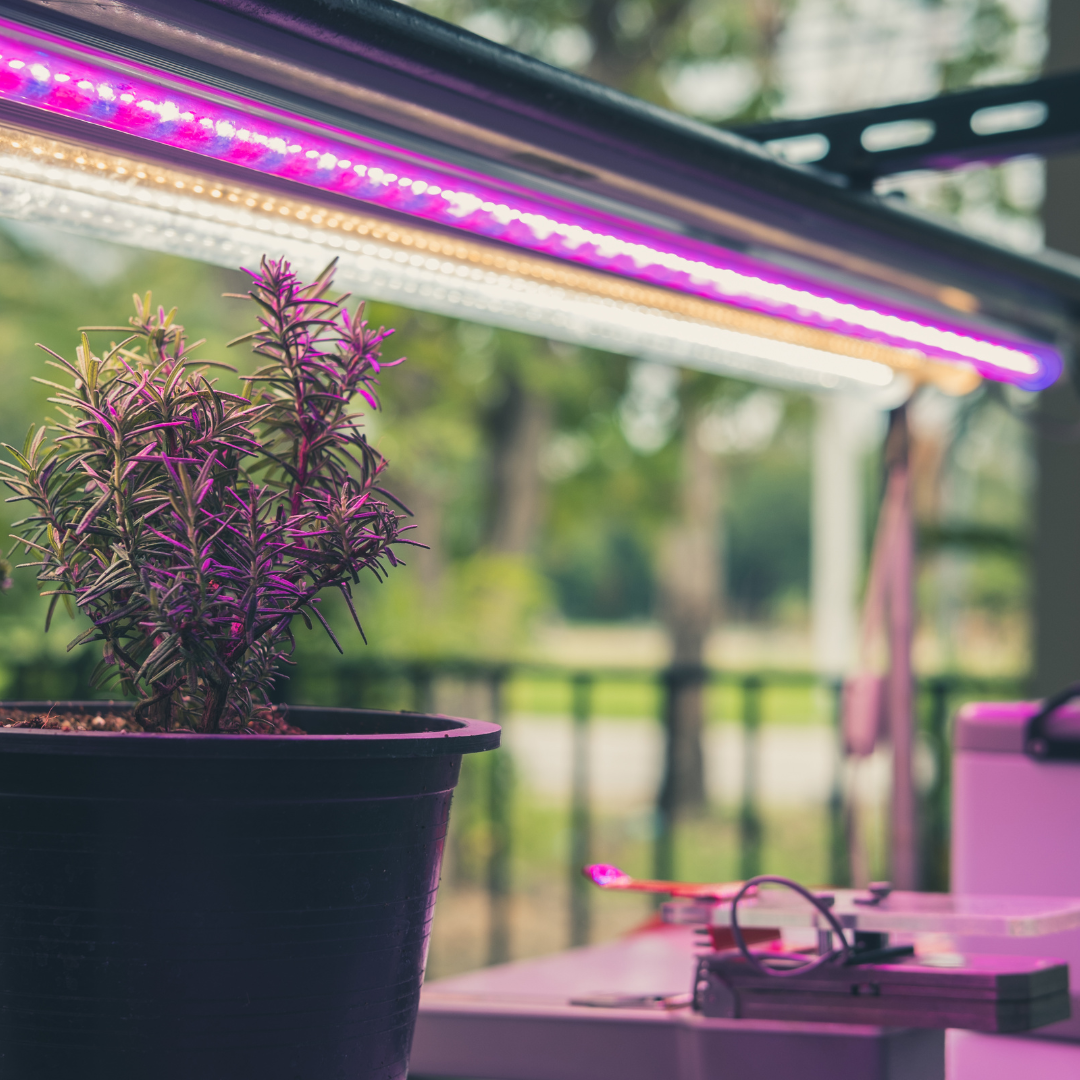
Ensure your plants receive 12-16 hours of light daily for optimal growth. For indoor hydroponic systems, LED lights are preferred due to their long lifespan and low heat emission, which prevents plant scorching.
Nutrient Management
Choosing the Right Nutrients
Plants require a balanced mix of nutrients to thrive. Hydroponic nutrients come in liquid or powder form and are specially formulated for this type of gardening. Key nutrients include:
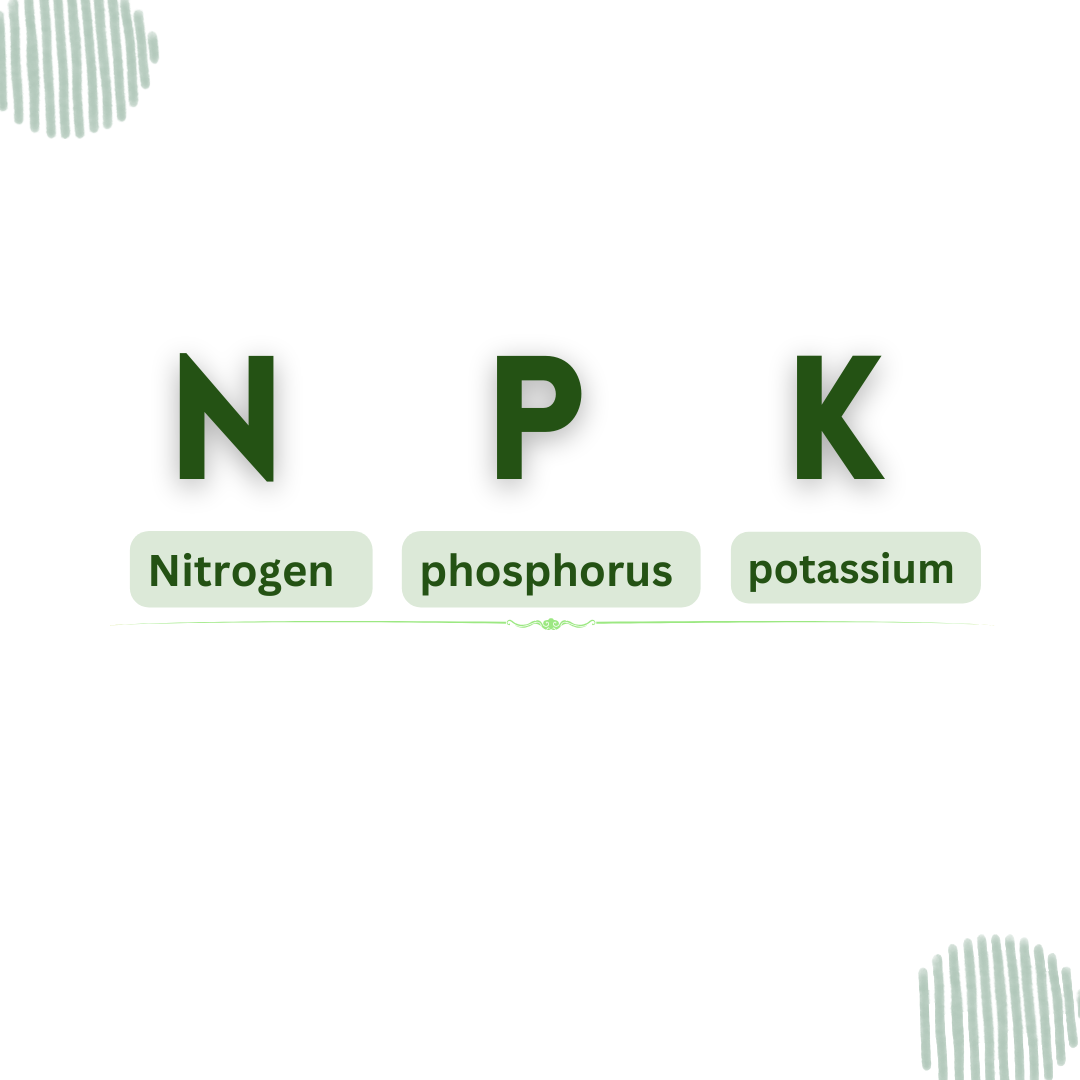
- Nitrogen (N): Promotes leaf growth and is essential for photosynthesis.
- Phosphorus (P): Essential for root development and flowering, ensuring strong and healthy plants.
- Potassium (K): Aids in overall plant health and disease resistance, helping plants to withstand stress.
Maintaining pH Levels
The pH level of your nutrient solution affects nutrient absorption. Aim for a pH between 5.5 and 6.5. Use a pH meter to regularly check and adjust the levels using pH up or down solutions.
Maintaining the correct pH ensures that plants can efficiently absorb nutrients, promoting healthy growth and preventing nutrient deficiencies.
Maximizing Growth with Hydroponic Hacks
Proper Spacing
Overcrowding can stunt growth and increase the risk of disease. Follow spacing guidelines for each plant type to ensure they have enough room to thrive. Proper spacing also improves air circulation, reducing the likelihood of mold and mildew.
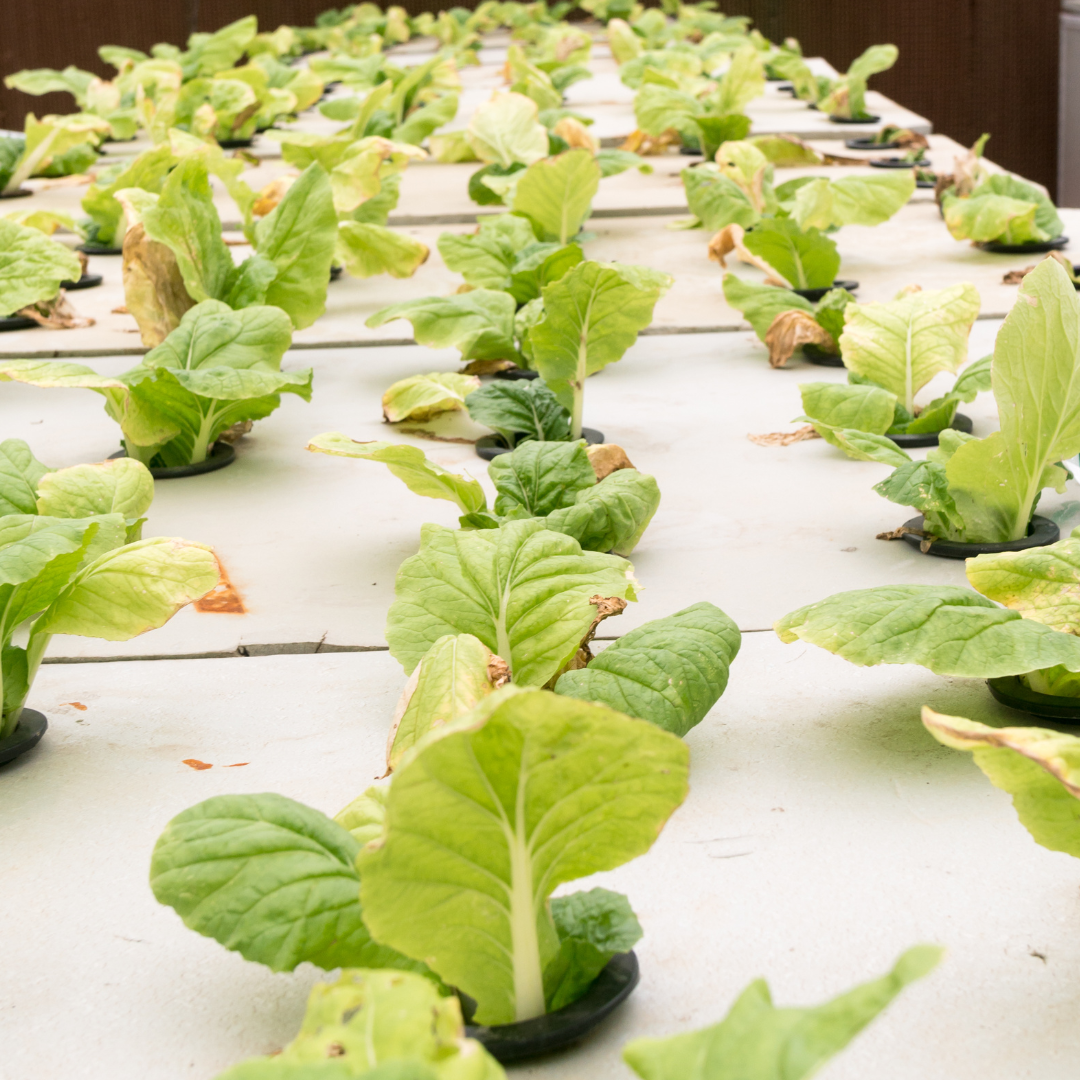
For example, leafy greens like lettuce can be spaced closer together, while fruiting plants like tomatoes need more room to spread out.
Temperature and Humidity Control
Maintaining the right temperature and humidity levels is crucial. Most plants prefer temperatures between 65-75°F (18-24°C) and humidity levels around 50-70%.
Use fans, heaters, and humidifiers to create the ideal environment for your plants. Consistent temperature and humidity help prevent stress and encourage steady growth.
Regular Monitoring
Regularly check your system for any issues. Monitor water levels, nutrient concentrations, and the overall health of your plants. Early detection of problems like nutrient deficiencies or pest infestations can prevent larger issues down the line.
Keeping a garden journal to track observations and adjustments can help you refine your hydroponic practices.
Advanced Techniques
Pruning and Training
Pruning helps direct the plant’s energy toward producing fruit and flowers. Remove dead or yellowing leaves and trim back overgrown branches.

Training techniques like trellising can support heavy fruiting plants and improve air circulation. For instance, using a trellis for vining plants like cucumbers helps keep the plant upright and prevents overcrowding.
Using Beneficial Microbes
Beneficial microbes like mycorrhizae can enhance nutrient uptake and improve plant health. Add these microbes to your nutrient solution to boost growth and resilience.

These microorganisms form symbiotic relationships with plant roots, increasing the surface area for nutrient absorption and protecting plants from harmful pathogens.
Incorporating CO2 Enrichment
Carbon dioxide (CO2) is essential for photosynthesis. Increasing CO2 levels in your grow space can significantly boost plant growth. Use a CO2 generator or CO2 tanks to maintain optimal levels, especially in enclosed indoor setups.
Plants use CO2 to produce sugars and energy, so higher levels can accelerate growth and improve yields.
Troubleshooting Common Issues
Nutrient Deficiencies
Signs of nutrient deficiencies include yellowing leaves, stunted growth, and poor fruit development. Identify the specific deficiency (e.g., nitrogen, phosphorus, potassium) and adjust your nutrient solution accordingly.
For example, yellowing leaves may indicate a nitrogen deficiency, which can be corrected by adding a nitrogen-rich nutrient.
Pests and Diseases
Although hydroponic systems are less prone to pests and diseases, they can still occur. Common pests include aphids, spider mites, and whiteflies. Use organic insecticides and keep your growing area clean to prevent infestations.
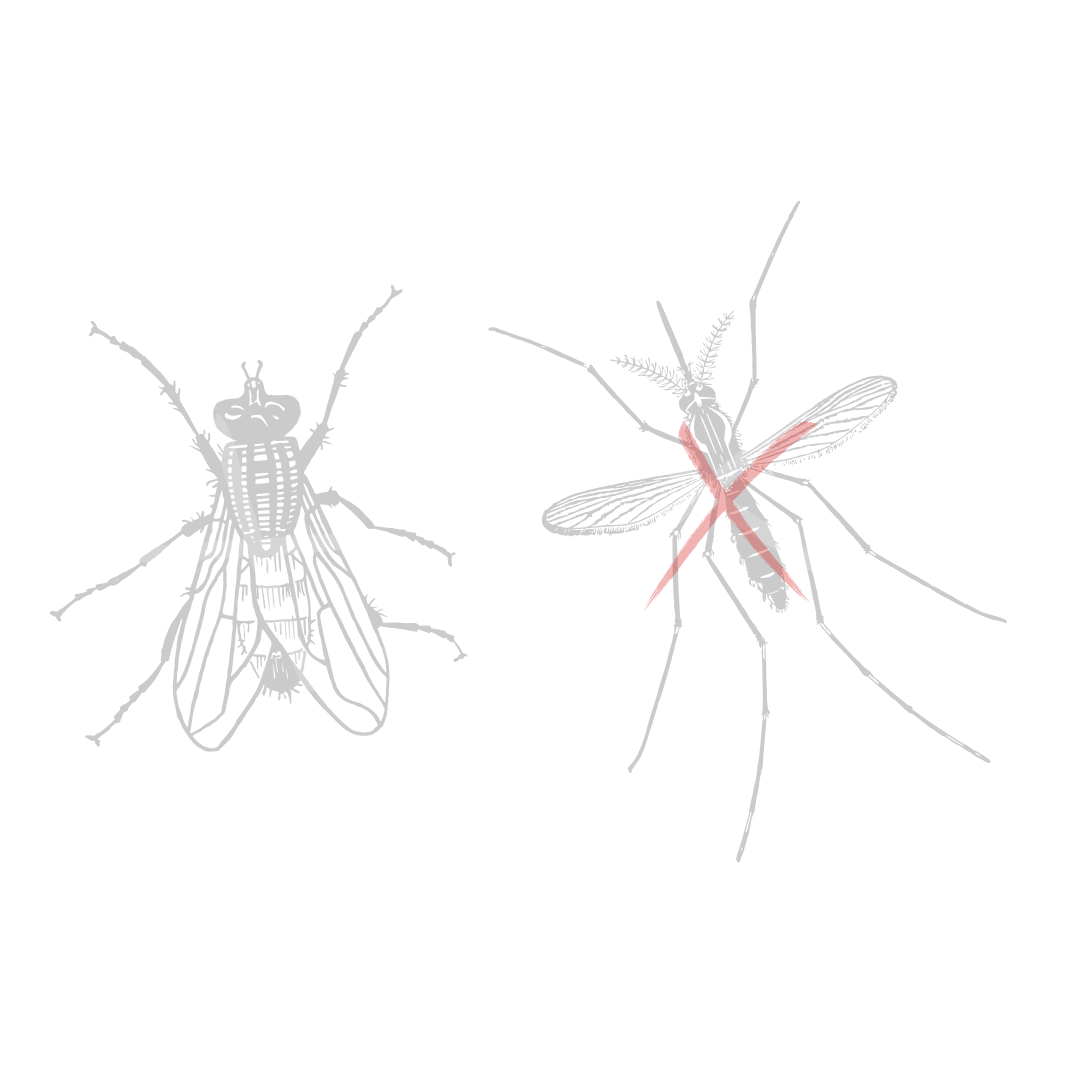
Regularly inspect plants for signs of pests and remove affected leaves to stop the spread.
Algae Growth
Algae can thrive in nutrient-rich water and block light from reaching your plants. To prevent algae growth, cover your reservoir to block light and regularly clean your system.
Using opaque materials for your growing system and keeping the growing area clean can also help prevent algae from taking hold.
Enhancing Yield and Quality
Selecting High-Yield Varieties
Choose plant varieties known for their high yields and suitability for hydroponic systems. Research different cultivars and select those that perform well in hydroponic conditions.
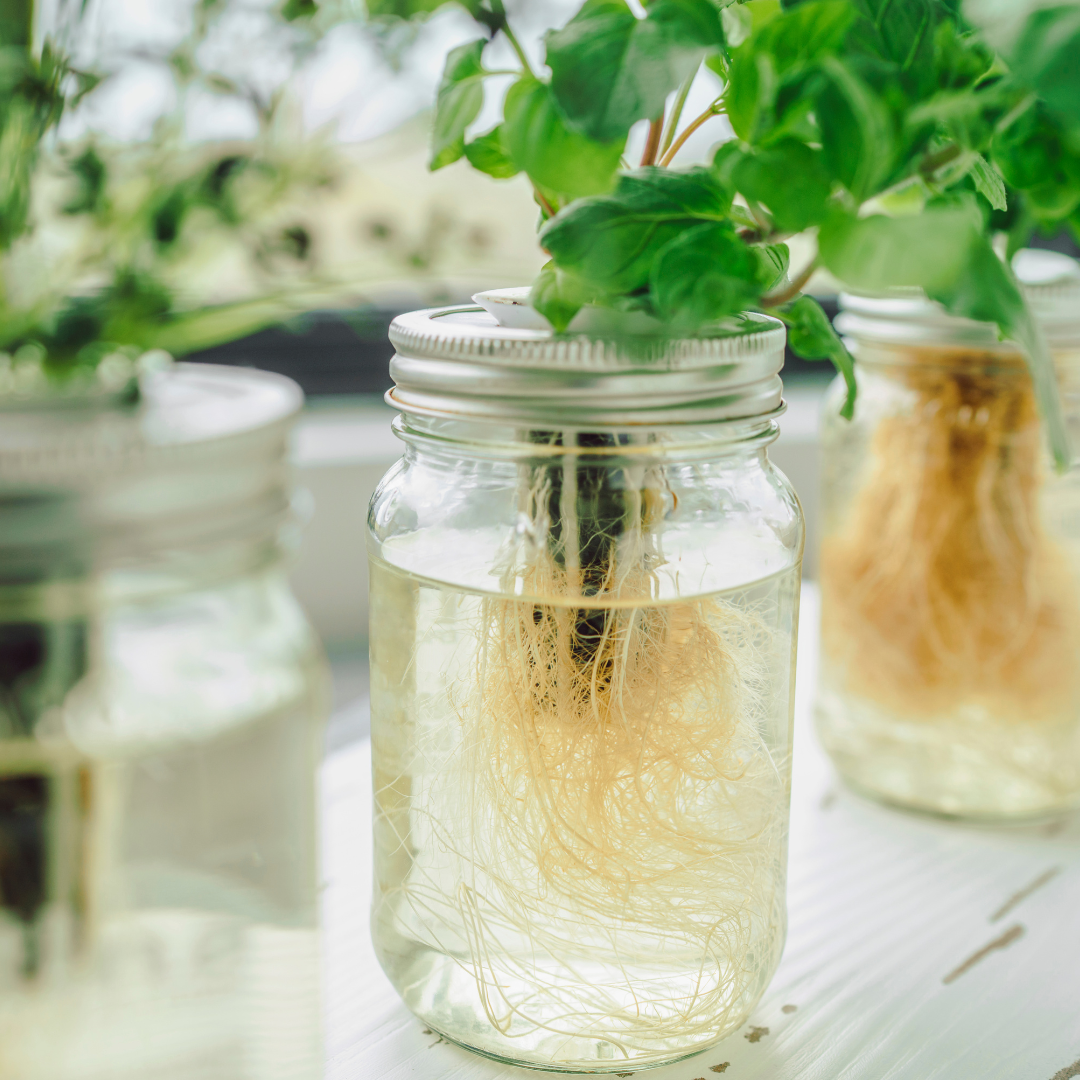
For example, certain varieties of lettuce, tomatoes, and herbs are bred for rapid growth and high productivity in hydroponic setups.
Consistent Nutrient Solution
Maintain a consistent nutrient solution by regularly checking and adjusting the nutrient levels. Sudden changes in nutrient concentration can stress plants and affect growth.
Use a nutrient meter to monitor the concentration and add nutrients as needed to keep the levels stable.
Proper Aeration
Ensure your hydroponic system is well-aerated to provide roots with the oxygen they need. Use air pumps and air stones to increase oxygen levels in the water.
Proper aeration helps prevent root rot and promotes healthy root development, leading to stronger and more productive plants.
Harvesting and Post-Harvest Care
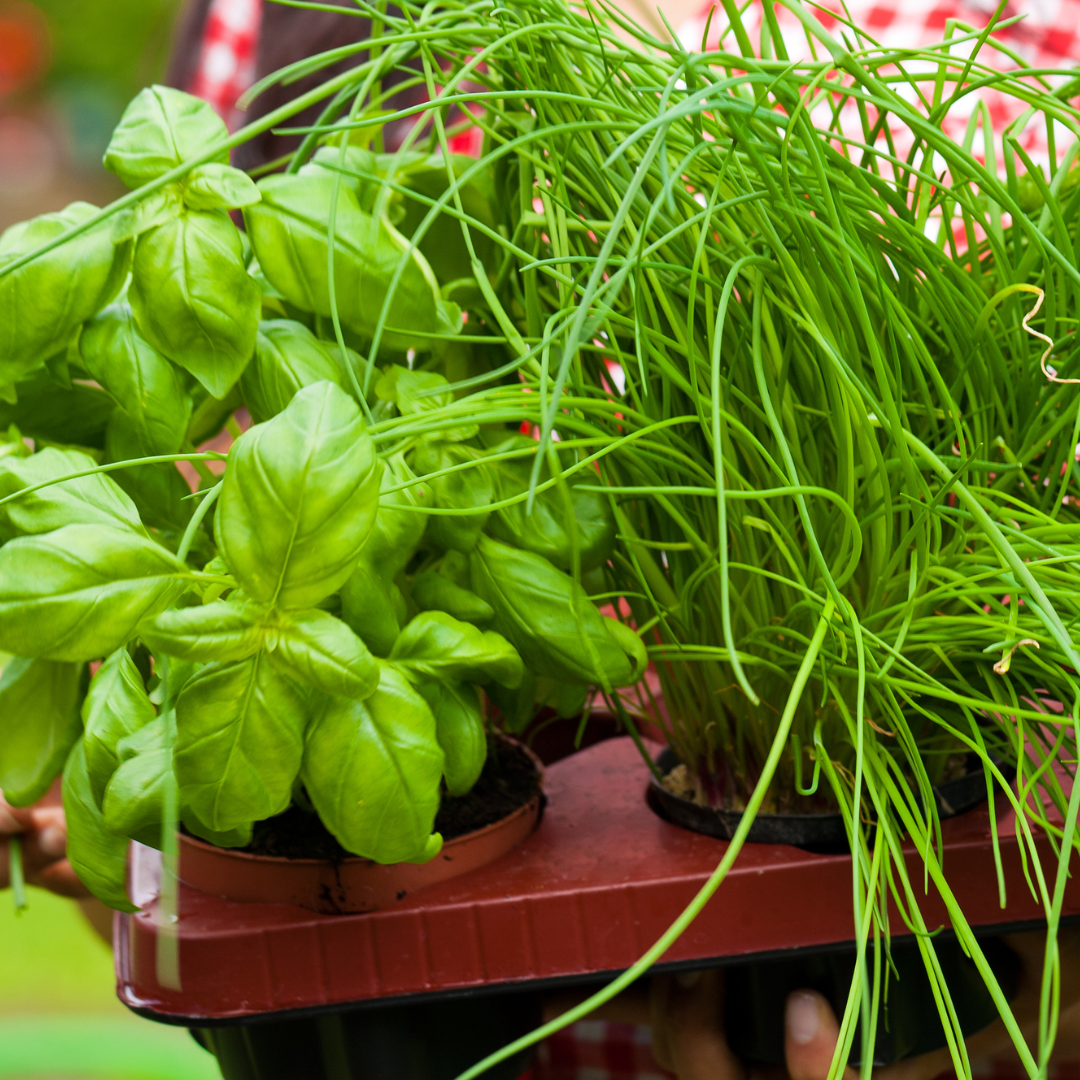
Optimal Harvest Time
Harvest your plants at their peak for the best flavor and nutritional value. Each plant type has its own optimal harvest time.
For example, leafy greens like lettuce should be harvested when the leaves are tender and before they start to bolt, while tomatoes should be picked when fully ripe and red.
Post-Harvest Handling
Properly handle your harvested produce to maintain its quality. Rinse and dry leafy greens, and store them in a cool place. For fruits and vegetables, handle them gently to avoid bruising and store them in a way that maintains their freshness.
Using proper storage methods, such as refrigeration for leafy greens and root vegetables, helps extend the shelf life of your produce with hydroponic hacks
Reusing and Recycling
Many hydroponic materials can be reused or recycled. Clean and sanitize growing mediums, containers, and other equipment for the next growing cycle.
Recycling materials not only saves money but also reduces waste and environmental impact.
Conclusion
Hydroponic gardening is an innovative and efficient way to grow plants. By understanding the basics, setting up your system correctly, and following these tips, you can maximize growth and enjoy bountiful harvests.

Whether you’re growing herbs, vegetables, or flowers, hydroponics offers a sustainable and rewarding gardening experience with hydroponic hacks.
With careful planning and regular monitoring, you can achieve impressive results and enjoy the benefits of fresh, home-grown produce year-round with hydroponic hacks.
